Wondering how to spend 3 days in Lisbon? Quaint streets and colourful buildings, lovely weather, a relaxing riverside and amazingly good food, Lisbon has it all. It comes as no surprise that we embarked on a quick city break to check out Portugal’s star attraction. We visited during April and captured Lisbon in true bloom. Little we knew at the time this was the beginning of a long relationship with Portugal. But for now, let’s talk about how to enjoy 3 days in Lisbon: you won’t be disappointed.
Table of Contents
- 3 Days in Lisbon
- Where to stay in Lisbon
- Day 1 in Lisbon
- Praça do Comércio
- Rua Augusta Arch
- Lunch at Ramiro
- São Jorge Castle
- Day 2 in Lisbon
- Jerónimos Monastery
- Tower of Belém
- Lunch at O Chiado
- Alfama + Bairro Alto
- Day 3 in Lisbon:
- Botanic Gardens
- Miradouro da Senhora do Monte
- Lunch at Solar 31
- Lisbon Cathedral
- River Tagus
- Basílica da Estrela
- Sintra (bonus day)
- Lunch at Hamburger Real
- Vasco Da Gama Bridge (Airport)
3 Days in Lisbon
Our 3 days in Lisbon were absolutely outstanding. We very much enjoyed the weather, the food and the riverside vibe. We found plenty to do and see. Our guide will show you the main attractions and will encourage you to soak in as much of the city’s panoramic views as possible. Don’t forget to check our day trips from Lisbon guide for even more fun adventures.
Where to stay in Lisbon
We stayed in Belém which is located 6 km west of the city centre. We picked Famous Crows GuestHouse, which had really good reviews and offered private bathroom included in the price.
The room was spacious enough for two people. We would recommend the place, especially in the summer, although do bare in mind that it can be quite tedious to walk for 6 km to the centre and back. There are buses and regular trains nearby, there’s also a choice of restaurants and few cafe shops not far from the flat. The botanic garden is a stone throw away and you are only fifteen minutes walk away from the Jerónimos Monastery and the Tower of Belém.
Check prices for accommodation in Lisbon
After dropping our bags at the flat, we went for a quick stroll around the neighbourhood to find a place to eat and grab a drink. We stopped at Belém 2A8 and had a couple of bottles of Sagres (most common Portuguese beer) and a couple of funky dishes: Octopus rice and some squid stew. The food was indeed delicious, the service was not bad but we didn’t feel comfortable. Tired and well fed, we returned to the flat in order have a good night sleep before starting exploring Lisbon on foot.
Day 1 in Lisbon
Praça do Comércio
We walked on the small streets towards Lisbon’s city centre. We enjoyed the cute and charming buildings, the interesting patterns and choices of colours. We saw an awful lot of empty houses, left to their own devices to rot away, although it is common nowadays that the younger generations take an interest in buying, investing and rebuilding such places.
When we got to the city centre we took a small break by Lisbon’s riverside just in front of Praça do Comércio.
The Praça do Comércio or the Commerce Square is located near the Tagus river, the square is still commonly known as Terreiro do Paço or the Palace Square. It has an abundance of tourists and it leads to the main central shopping streets.
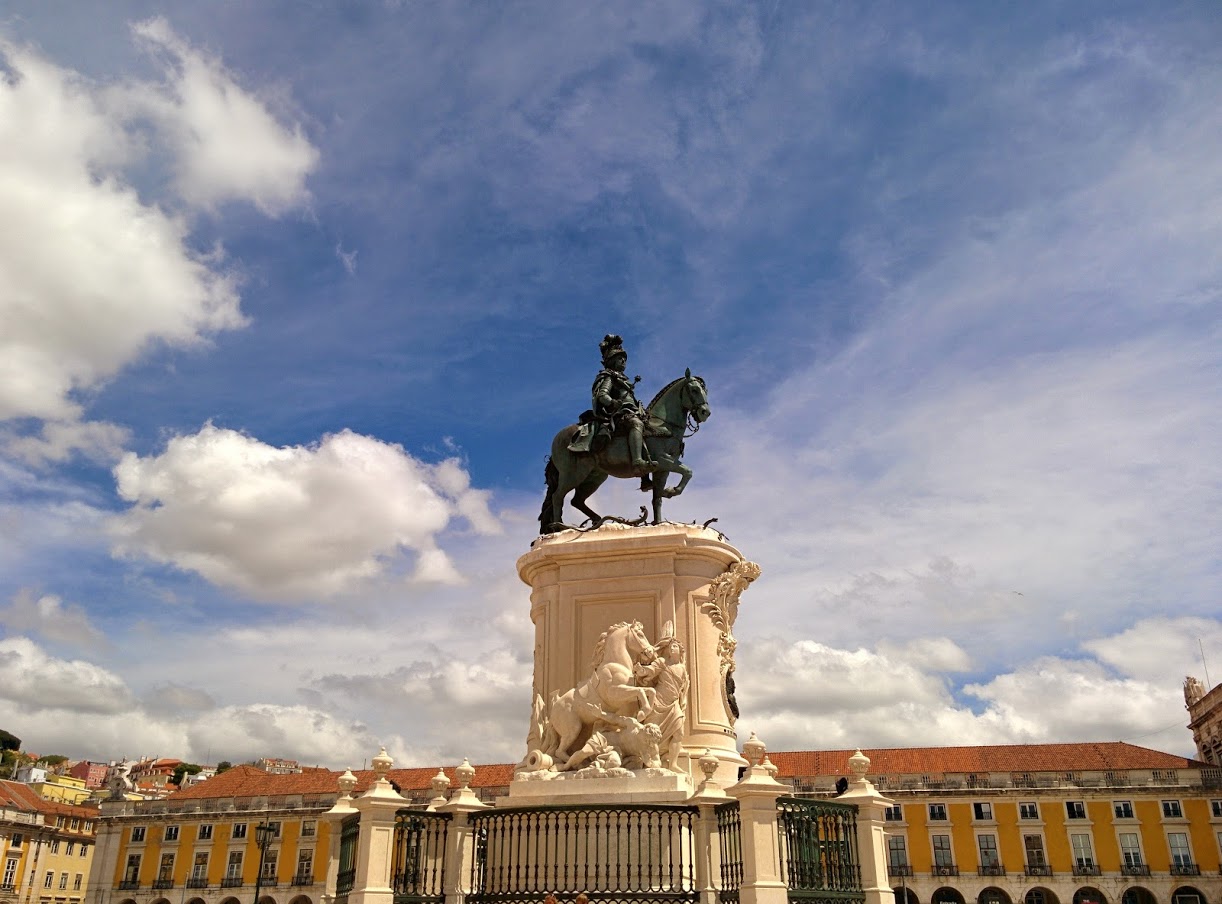
Rua Augusta Arch
From the square, we checked out Rua Augusta Arch which is a historic building and an attraction built to commemorate Lisbon’s reconstructions post the 1755 earthquake.
Lunch at Ramiro
As we are both seafood lovers, we embarked on another journey to find a highly recommended restaurant called Ramiro. Situated further up the road from Martim Moniz, this place was an absolute gem in terms of food. It was agitated and a had a bit of a market feel to it. We had no idea what to order, but the waiter recommended the clams, the crab and a giant tiger prawn (which was HUGE!!!). The recommended food was enough for two people, although we wished for more side options as the crab was a bit sickening. We would recommend this place for any seafood lover which truly enjoys an authentic Portuguese experience for a decent price.
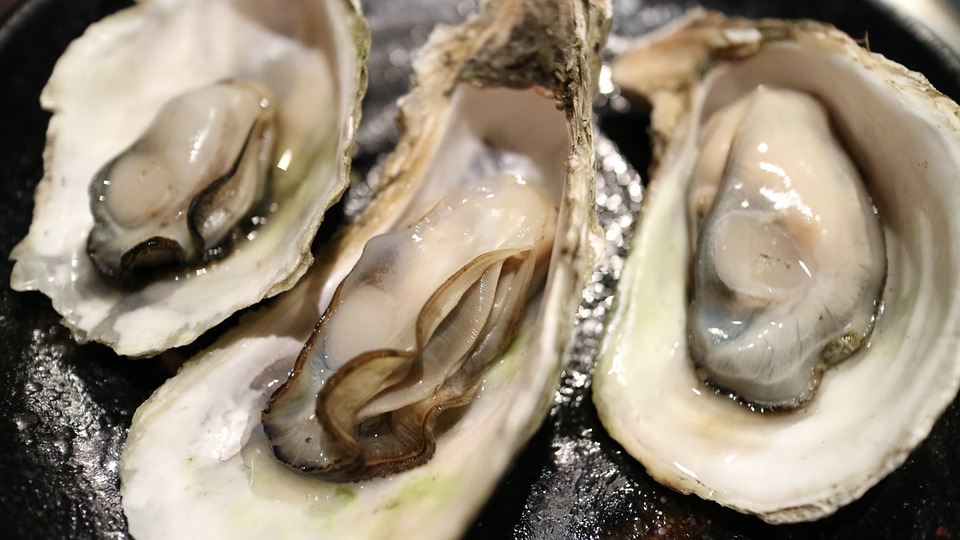
São Jorge Castle
We continued our walk on a maze of smaller and ever quainter streets, with infinite stairs and hills until eventually, we got to São Jorge Castle. This Moorish castle overlooks the historic centre of Lisbon and you are guaranteed some outstanding views of the city. São Jorge Castle occupies a commanding hilltop overlooking the historic centre of the Portuguese city of Lisbon and Tagus River
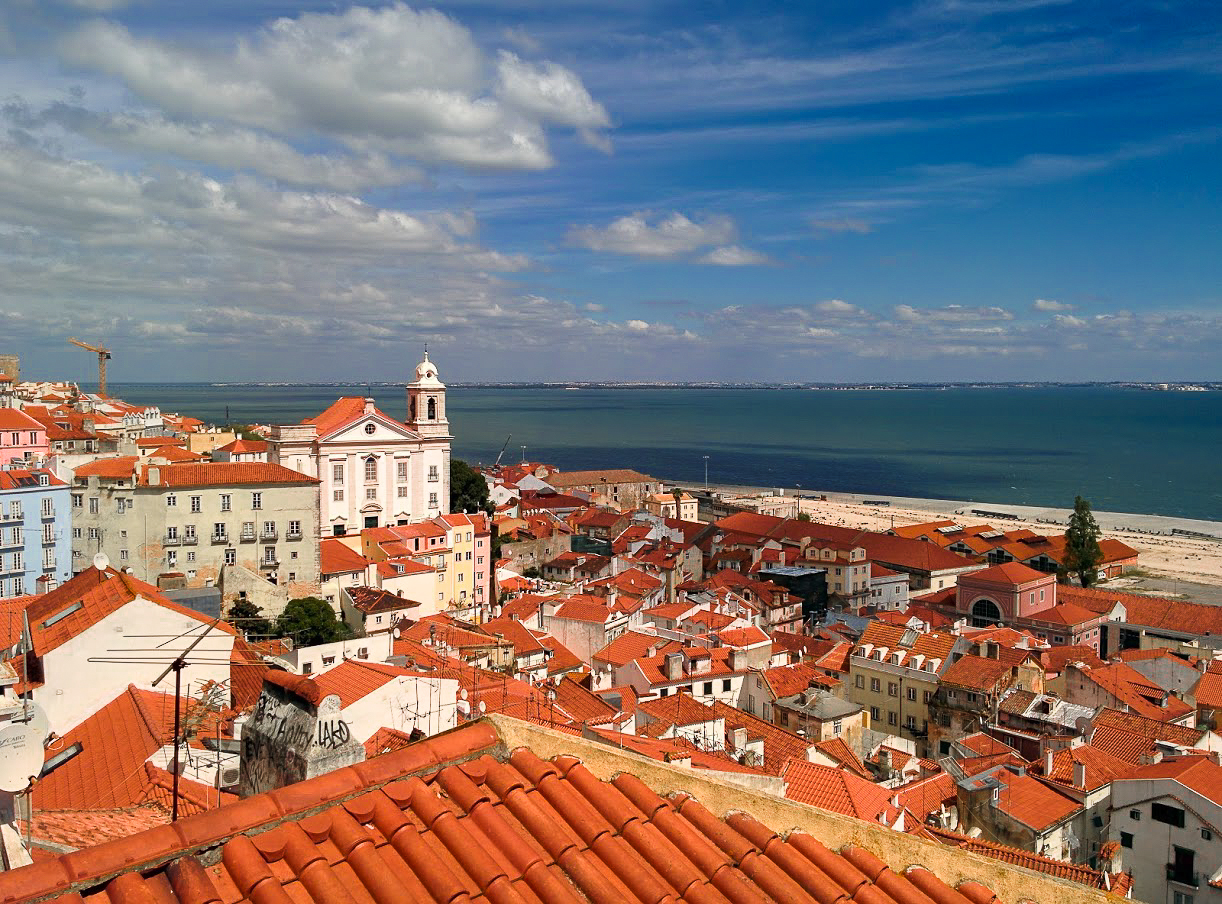
Day 2 in Lisbon
Jerónimos Monastery
We started our morning with a walk towards the Jerónimos Monastery and the Tower of Belém, both UNESCO World Heritage Sites.
The monastery is one of the most prominent examples of the Portuguese late Gothic Manueline style of architecture in Lisbon. The tickets are 10 euros per adult or 12 euros if you decide to also visit the Tower of Belém.
The Monastery has a remarkable history and outstanding architectural details. It was built to commemorate Vasco Da Gama’s voyage and to give thanks to the Virgin Mary for its success. Today, it is Vasco da Gama’s resting place.
After the 1850s, The National Archaeological Museum and the Maritime Museum were established in the monastery’s west wing.
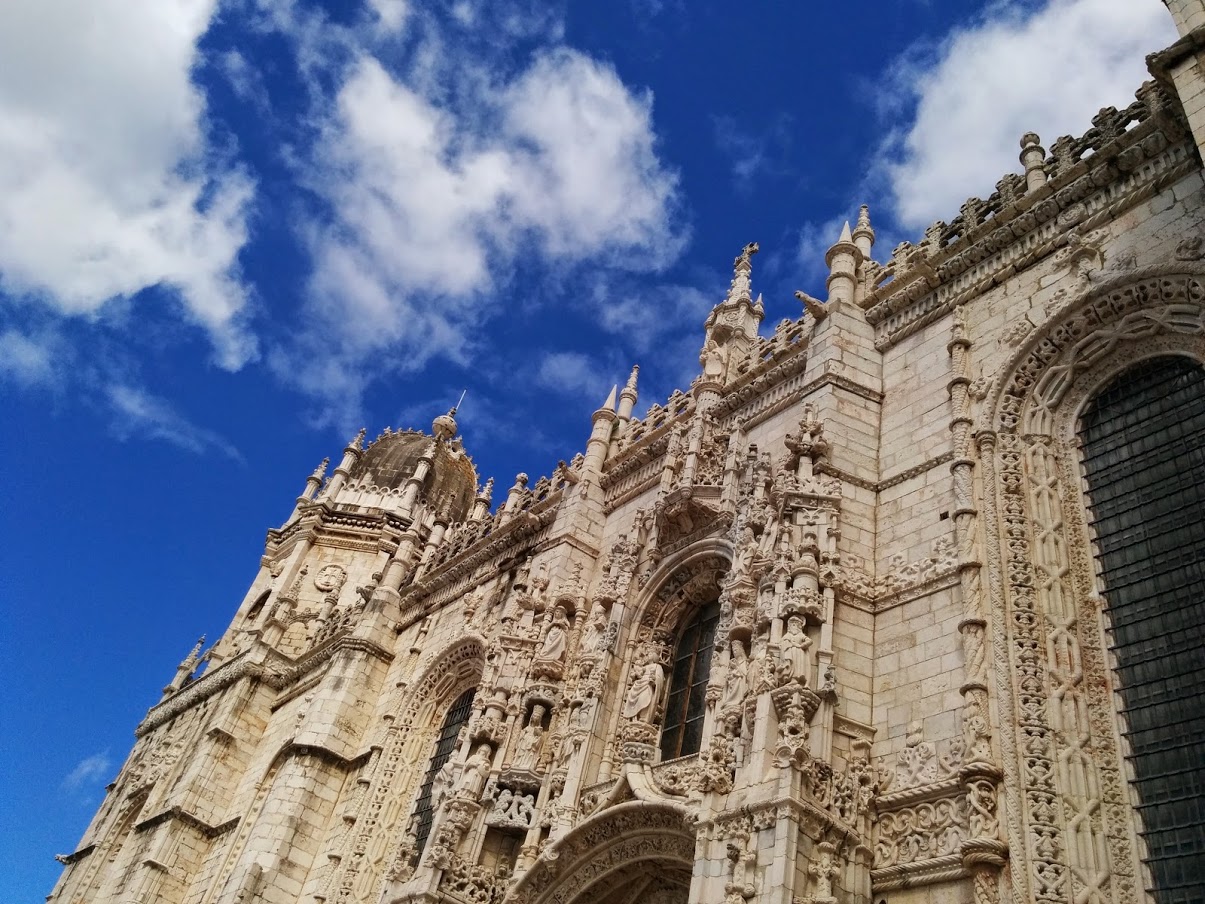
Tower of Belém
The Belém tower was commissioned by King John II to be part of a defence system at the mouth of the Tagus river and a ceremonial gateway to Lisbon. The tower was built in the early 16th century and is a prominent example of the Portuguese Manueline style. Both the Belém Tower and the Jerónimos Monastery have been included in the cultural list called The Seven Wonders of Portugal, created by the Ministry of Culture.
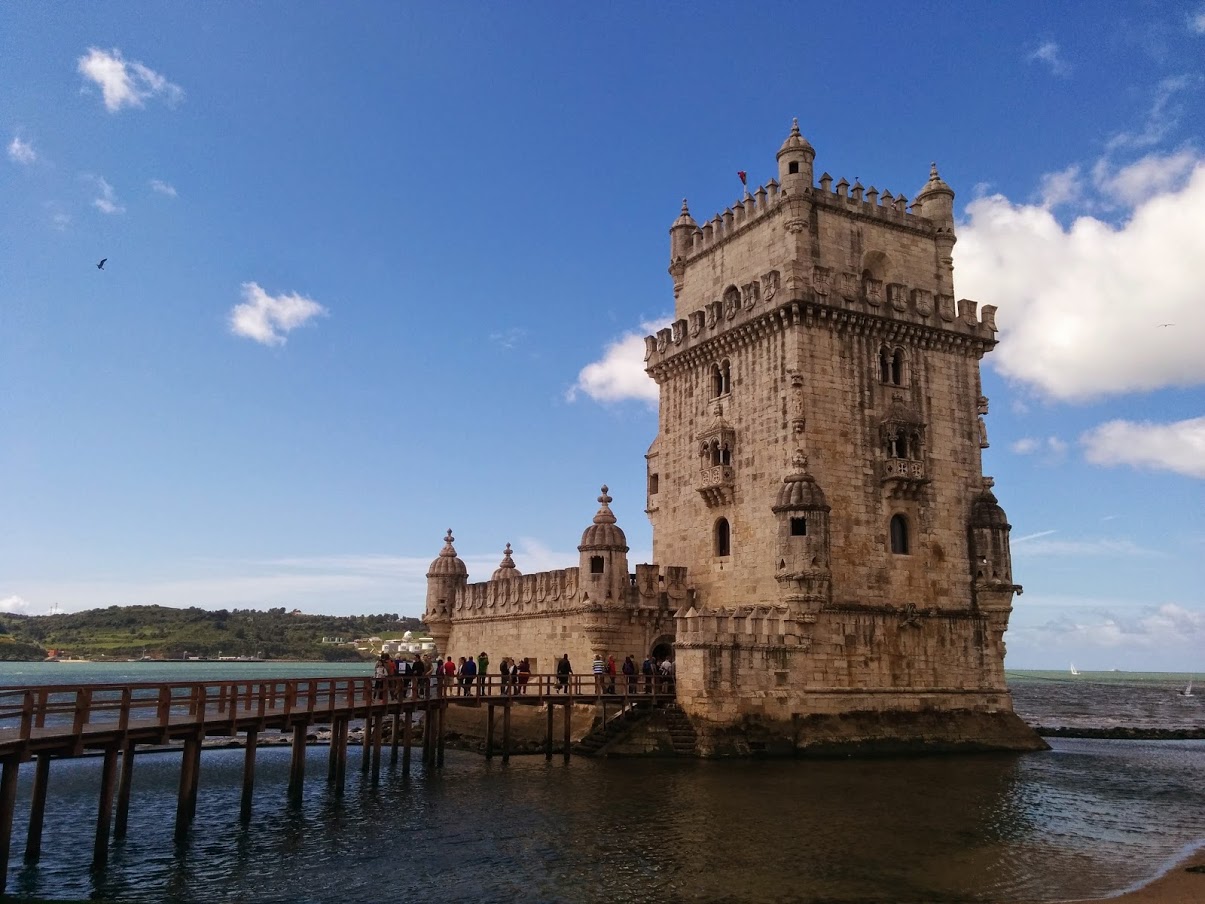
Lunch at O Chiado
It must have been around lunchtime when we decided to leave the wonders of Belém behind and head for the city centre. We walked towards the Praça do Comércio where we decided to sit down in a family run bistro called O Chiado. We had a fun chat with the waiter, a young guy who asked us lots of questions about our travels. We had a couple of (massive) gin and tonics and some delicious grilled octopus with boiled potatoes on the side. O Chiado is one of the best restaurants we came across in Lisbon.
Alfama + Bairro Alto
We aimlessly walked around the city centre. We enjoyed a lovely stroll through the ups and downs of hilly Lisbon. This is the time when we’ve been accosted by several street drug dealers. Lisbon’s tolerance to drugs is much higher than here in the UK. The drug policy of Portugal was put in place in 2000 and was legally effective from July 2001. The new law maintained the status of illegality for using or possessing any drug for personal use without authorisation.
The drug quantities one can legally purchase and possess in Portugal, carrying them through the streets of Lisbon without fear of repercussion are as follows: One gram of heroin, two grams of cocaine, 25 grams of marijuana leaves or five grams of hashish; MDMA and amphetamines can also be possessed in amounts up to one gram. That’s enough of each of these drugs to last you for 10 days. Be an informed tourist and avoid buying drugs from the streets. Most of these dealers will only try to pickpocket you or sell you wax, or really bad quality drugs. If Lisbon is your destination choice due to its drug policy, you should probably start reading online about how to safely acquire your means of fun.
Too tired to walk back to the flat on foot, we decided to have a look at how to get the train to Belém. We found it very easy to buy tickets via the machines situated on all platforms and we arrived at our destination within minutes. The train was in a fairly good condition and the price was reasonable in comparison to British public transport. (I think we paid 1.75 euros each)
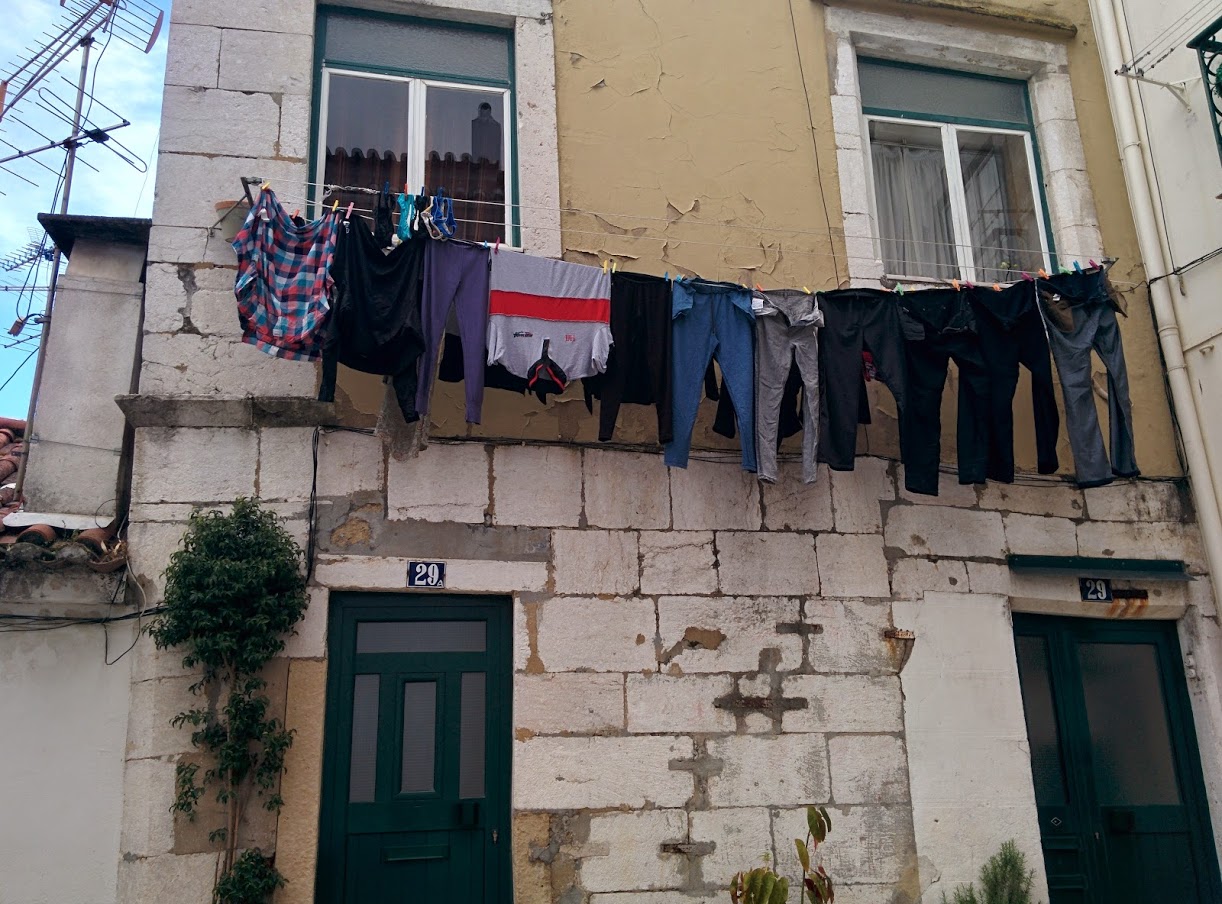
Day 3 in Lisbon:
Botanic Gardens
We started our day with a stroll through the Tropical Botanic Garden. The entrance fee was 2 euros per person. Early morning, the garden was very quiet. We thought it will be much bigger and with more plants around. The pond was in a bit of a state and the buildings inside the garden were all abandoned. It all had this eerie feeling as if we were in the movie set of Great Expectations.
We found a secret garden with small bonsai trees and several peacocks wandering around. What was once the Oriental garden, was now a relic, full of weeds and broken windows.
The glass house had been forgotten, holding dead plants and dried out soils, chipped pots and small lizards. It looked like a scene from a post-apocalyptic movie whereby all people varnished. We loved it still. We liked its quietness, its ghostly feeling and untold story. I could have stayed there and thought, as it was a reminder of creation and destruction. It was simply unconventionally beautiful.
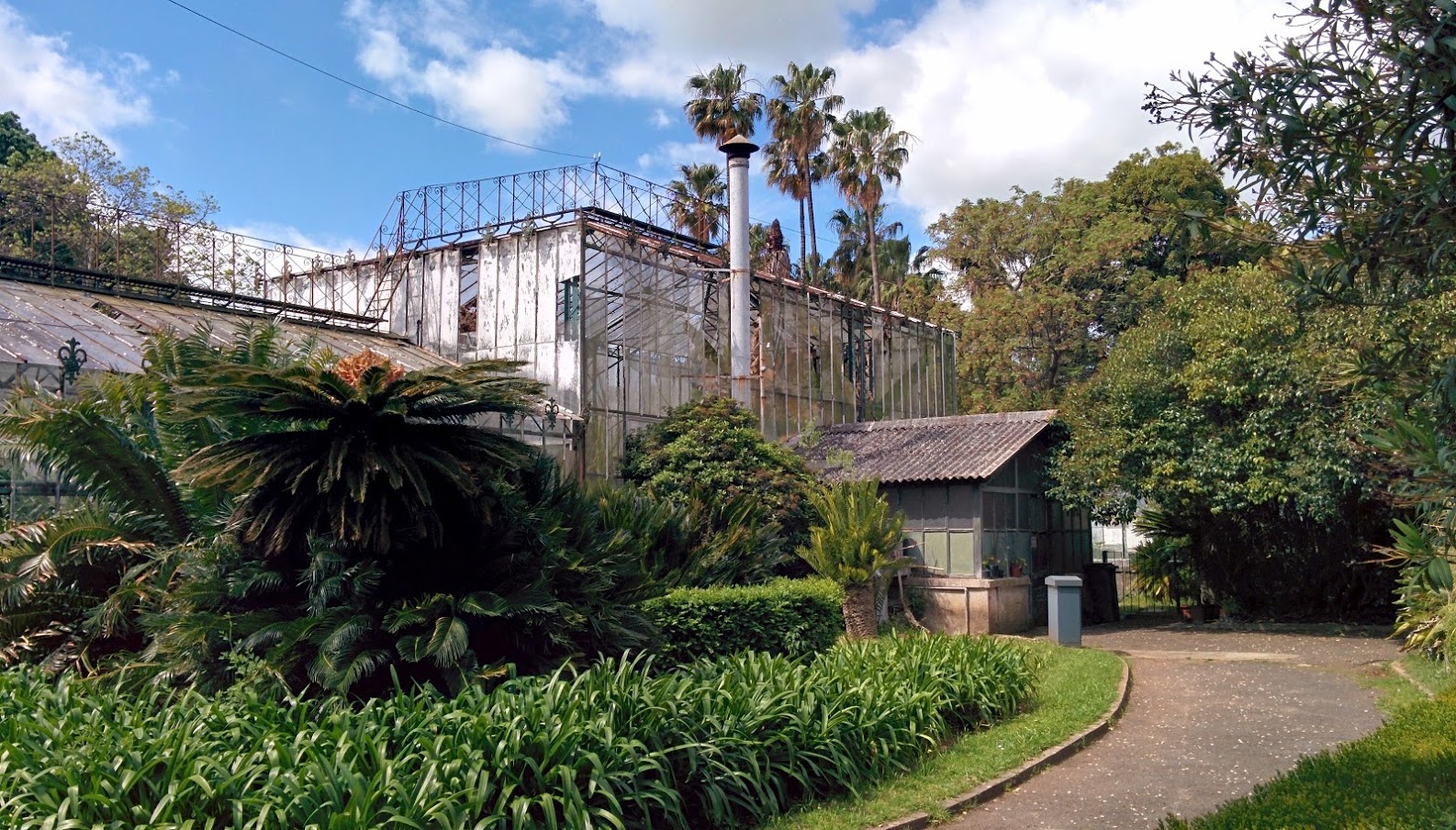
Miradouro da Senhora do Monte
After such profound experience, we decided to take upon another maze challenge and make our way to one of the best lookout places in Lisbon: Miradouro da Senhora do Monte. In order to get there, we took the train from Belém to Cais do Sodre. You should buy a rechargeable card and keep on using it. It’s only 0.50 euros.
From Cais do Sodre, we went down the escalators and bought metro tickets. We paid 1.40 euros per person, per journey, during which you can take as many metros from as many lines as needed. We boarded the train for Intendente and then we walked for almost an hour, up the hill, all the way to Miradouro da Senhora do Monte.
When we got there, we had yet another beautiful and charming view over Lisbon.
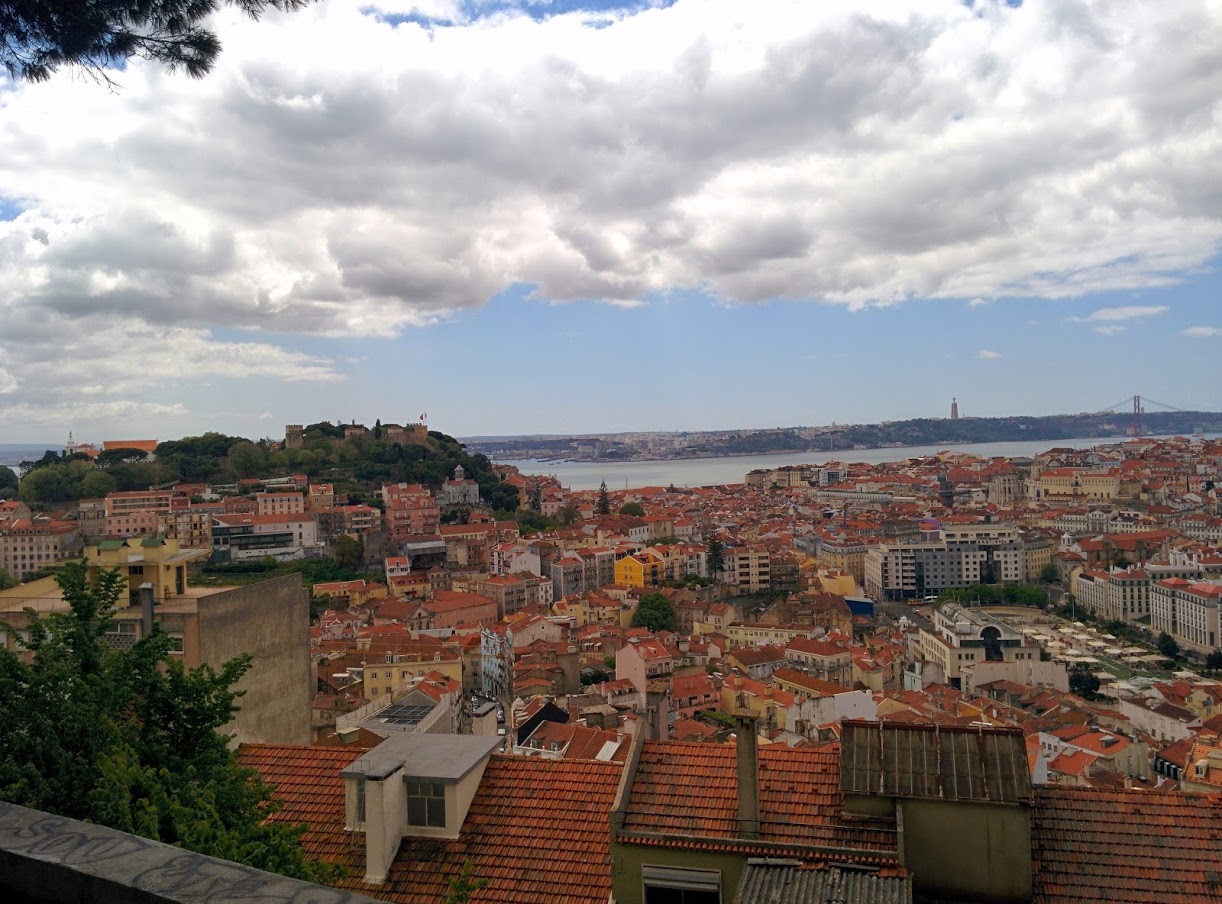
Lunch at Solar 31
For lunch, we stumbled across a small little bistro: Solar 31. The food was nice and the service was good although still not as good as O Chiado. Well fed and refreshed, we continued our walk through the Portuguese capital. We encountered weird customs, very European style houses and some peculiar, but very friendly locals.
Lisbon Cathedral
As we descended towards the river, we also stopped to check out Lisbon’s cathedral. Since the beginning of the construction of the cathedral, in the year 1147, the building has been modified several times and survived many earthquakes. It is nowadays a mix of different architectural styles. We stepped in to take a closer look at the inside architectural elements, to find a lot of gothic influences such as the vault of the ambulatory and upper row of windows. There are some obvious similarities to Notre Dame.
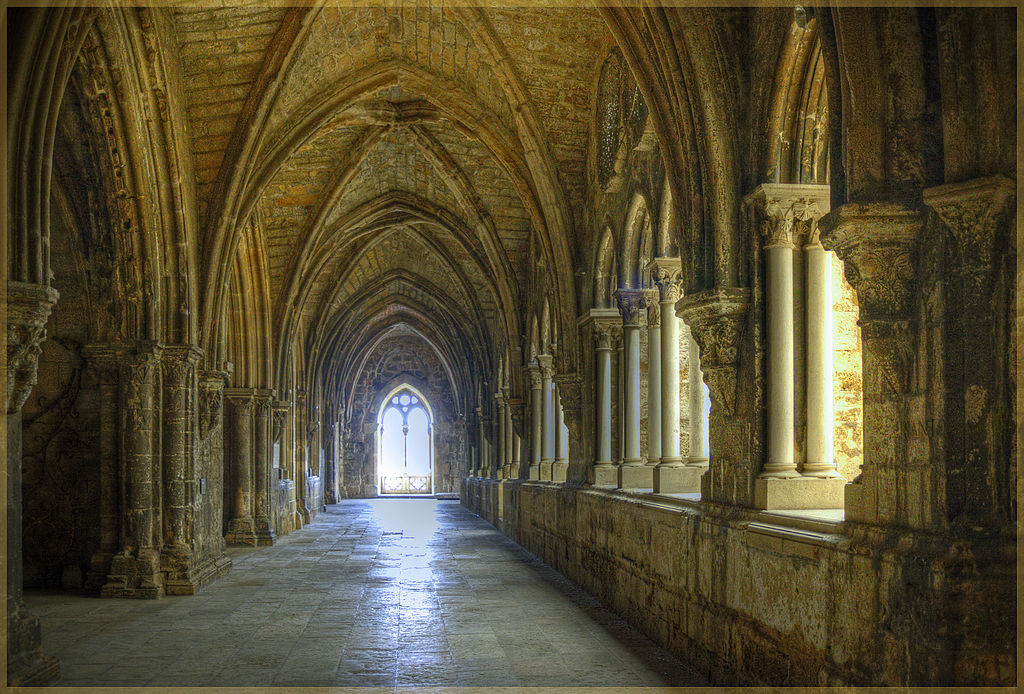
River Tagus
Once we got to the river banks, we stopped to grab a couple of mojitos from some young entrepreneurs, serving cocktails on the street. How clever and original! We took advantage of the sunny weather, the tasty beverages and had a well-deserved break. Lisbon seems to be a city of two worlds. Once you set foot in its busy city centre, you get overwhelmed by traffic, noise and agitation. The heat can be unbearable and the hilly maze and cobblestone can make your journey harder, tedious. When you get to the riverside, a whole new Lisbon gets reveals. A chillin’ Californian like vibe, with hipsters and summery dressed girls, jokes and laughs about, beer and cocktails, music and a refreshing breeze.
Basílica da Estrela
Reenergised, we were brave enough to fight even more hills on our (very long) way to Basílica da Estrela and Jardim da Estrela. The garden was very beautiful, with tropical little plants, well looked after. Incredibly tired, we got the public transport on the way back to the apartment. We stopped at a local supermarket to grab some dinner, after which, we slept like babies.
Sintra (bonus day)
This was a particularly exciting day as we left Lisbon and made our way to Sintra. It was a little complicated to get there because we took a train from Belém to Alcantara Mar. We then walked to Alcantara Terra and waited for another train which took us to Campolide. From there, we took yet another train which took us to Sintra. Lisbon’s infrastructure is easy enough to navigate through but could be simplified, with a little more information for tourists. It’s all about the user experience, am I right?
Sintra is known for its many 19th-century Romantic architectural monuments, which has resulted in its classification as a UNESCO World Heritage Site. Although its heritage in buildings and nature is the most visible face of the historic individuality of Sintra, a whole literary heritage has made the area a legendary reference in Portuguese culture. In addition to the Sintra Mountains and Sintra-Cascais Nature Park, the parishes of the town of Sintra are dotted with royal retreats, estates, castles and other buildings, including the mediaeval Castelo dos Mouros, the Pena National Palace and the Sintra National Palace.
Lunch at Hamburger Real
The walk around Sintra’s historic centre was really lovely although swarming with tourists. We found it very difficult to find a good place to eat, taking into account the bad reviews, the ridiculously high prices and the fact that between lunch and dinner, no good place was open. We ended up having some burgers and chips from a newly opened place called Hamburger Real. We actually found the staff very polite and the restaurant’s interior design refreshing and modern. We would recommend you skip the pretentiousness of Sintra and head to Hamburger Real for a quick and satisfying meal.
The walk from Sintra to Pena National Palace is long and tedious. There is no pedestrian sidewalk so it gets really frustrating having to stop to allow cars to pass. The whole walk is uphill and we strongly recommend that you bring a lot of water with you. There are several taxis, buses and some other ways of getting to Pena, but we are adventurous, we like earning the views and we quite dislike the idea of such commodities during holidays.
When we finally got to Pena, we queued to get the tickets (14 euros per person for the park and the palace). We had to walk uphill even more to reach the palace. Portugal really makes you fit. As you can imagine, the place was very busy with people from all over the world taking pictures of every single crack of this building.
The Pena National Palace is a Romanticist palace full of colours and wonderful details. The palace stands on the top of a hill above the town of Sintra, and on a clear day, it can be easily seen from Lisbon. It is a national monument and constitutes one of the major expressions of 19th-century Romanticism in the world.
The palace is a UNESCO World Heritage Site and one of the Seven Wonders of Portugal. It is also used for state occasions by the President of the Portuguese Republic and other government officials.
We most enjoyed the wall walk and the view from its terrace. We didn’t enjoy its interior quite as much, but it’s definitely something you ought to check out in this lifetime.
On our way back to Sintra, we discovered a walking path away from the main road which gave us peace and quiet, exactly what we needed after the frantic experience in Pena. We also discovered Quinta da Regaleira which is more beautiful than any of Sintra’s main attractions, with an outstanding garden full of green plants, lovely flowers and walking paths.
There is no need to express how tired we got before getting back to the train station.
As we were in the city centre, we took the metro towards the airport, but first, we stopped to check out the Vasco da Gama tower and bridge. If you find yourself in Lisbon, don’t miss it. It looks so fabulous.
Vasco Da Gama Bridge (Airport)
The Vasco da Gama Bridge is a cable-stayed bridge flanked by viaducts and rangeviews that spans the Tagus River in Parque das Nações. According to Wikipedia, it is the longest bridge in Europe (including viaducts), with a total length of 17.2 kilometres (10.7 mi)), including 0.8 kilometres (0.50 mi) for the main bridge, 11.5 kilometres (7.1 mi) in viaducts, and 4.8 kilometres (3.0 mi) in dedicated access roads. Construction began on February 1995; the bridge was opened to traffic on 29 March 1998, just in time for Expo 98, the World’s Fair that celebrated the 500th anniversary of the discovery by Vasco da Gama of the sea route from Europe to India.
We had a really good time in Lisbon and we liked many things about it. We loved its quaint streets, historic monuments and heritage sites, we adored its riverside, food and bistros. However, we disliked its agitation and noise, didn’t like how dusty and full of graffiti many buildings were.
Overall, we think Lisbon is well worth a visit and we can’t wait to go back next summer!
What was your favourite thing about Lisbon? Which part of Lisbon did you like the most? Let me know in the comment section below.


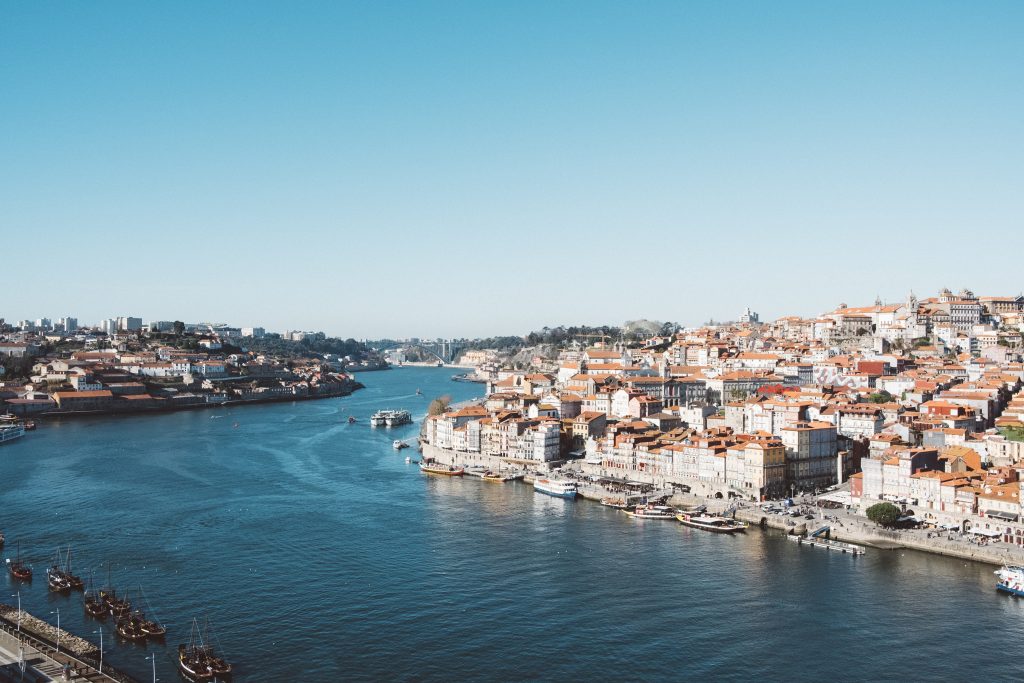
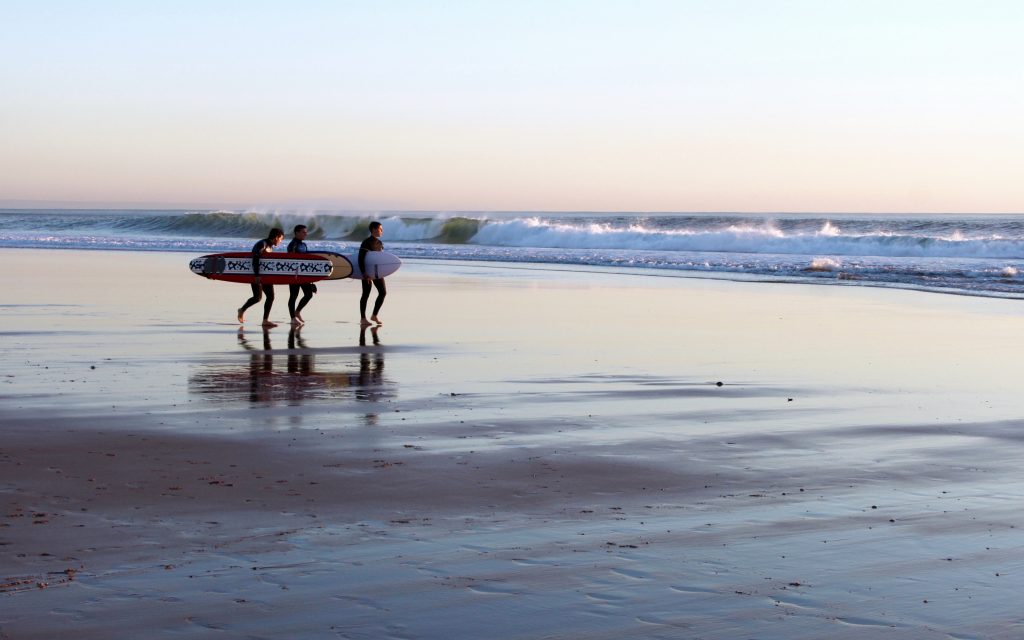
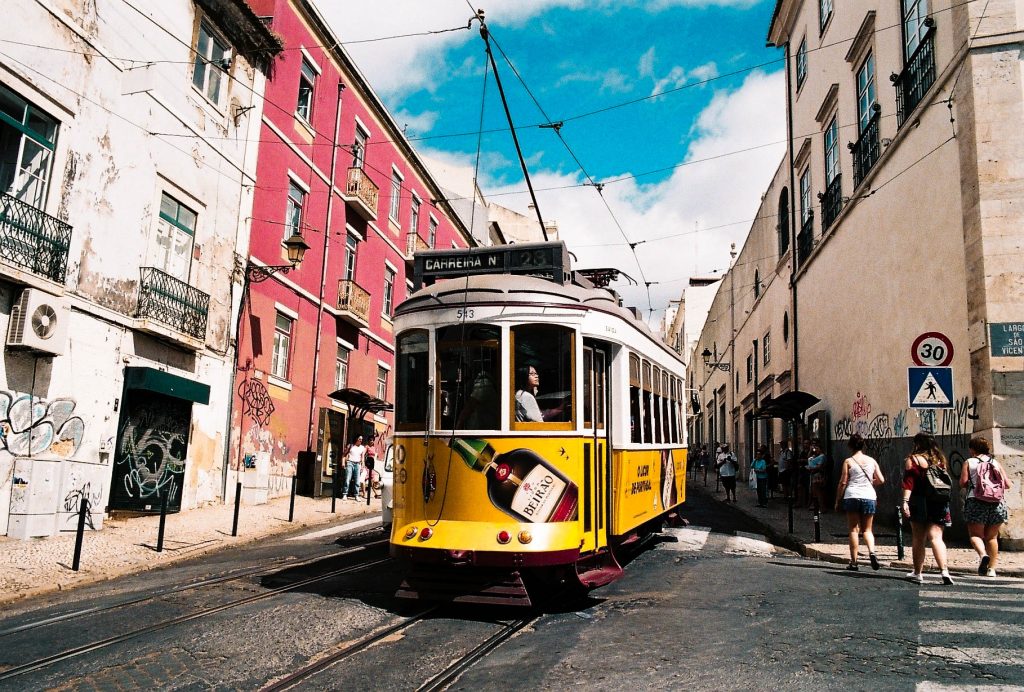
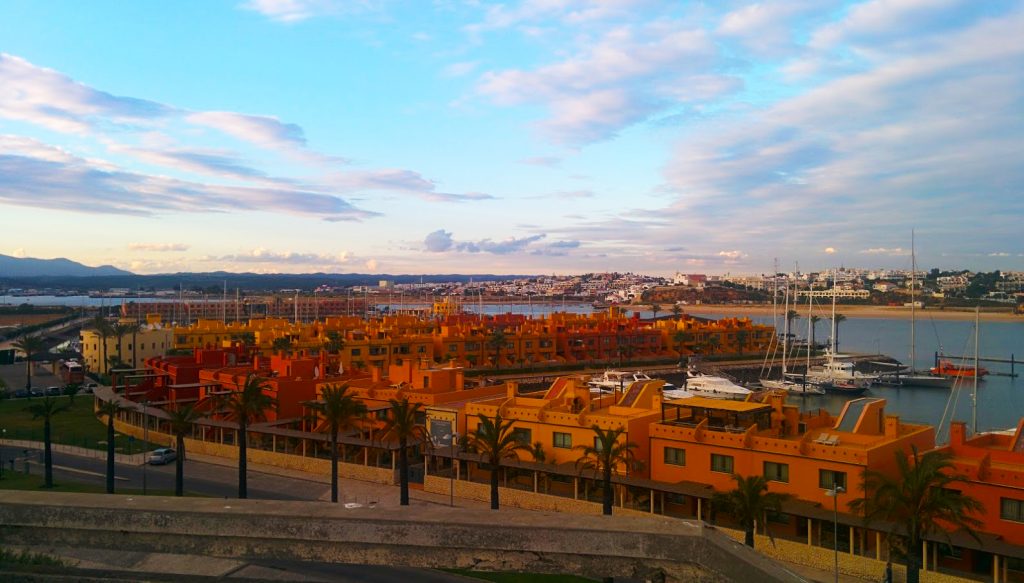
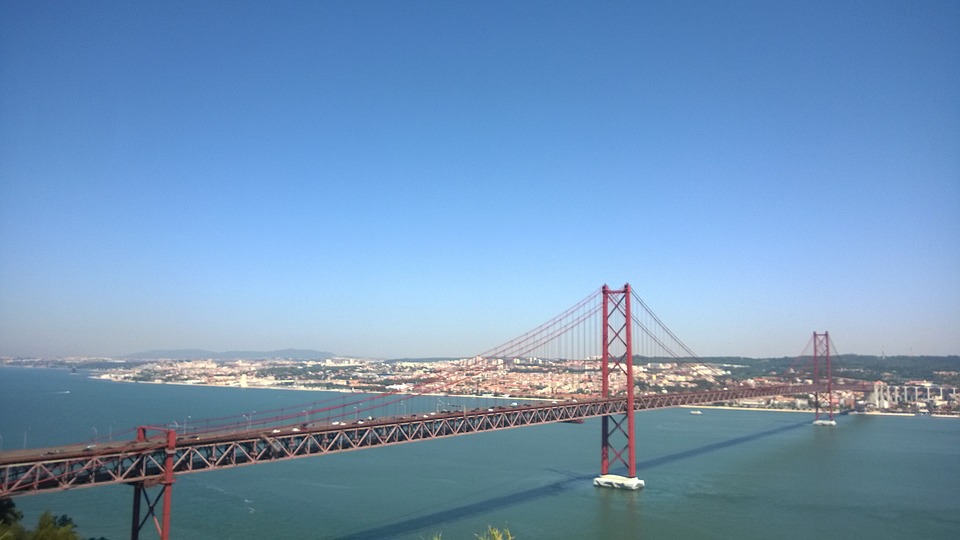


Leave a Reply